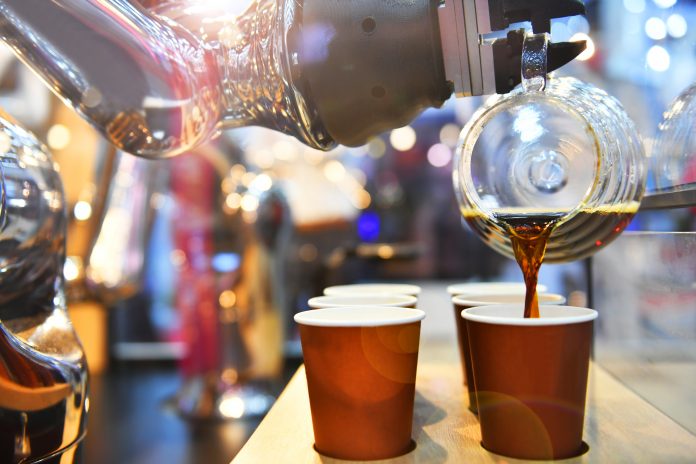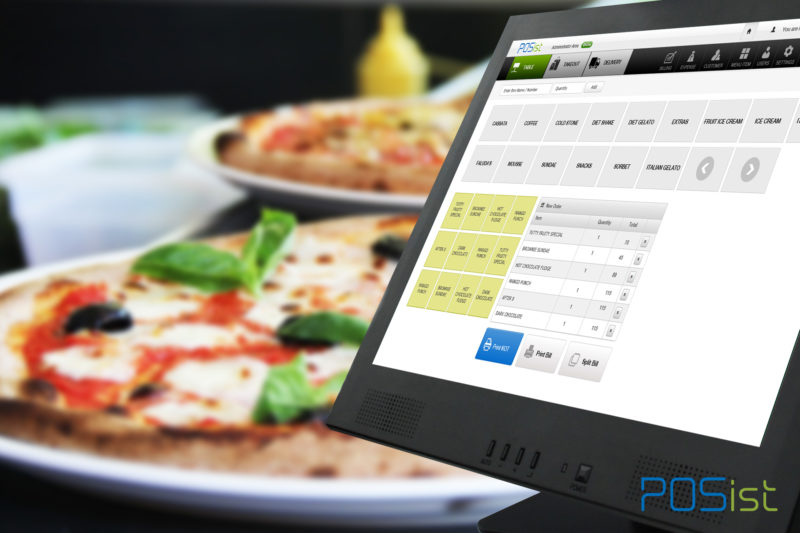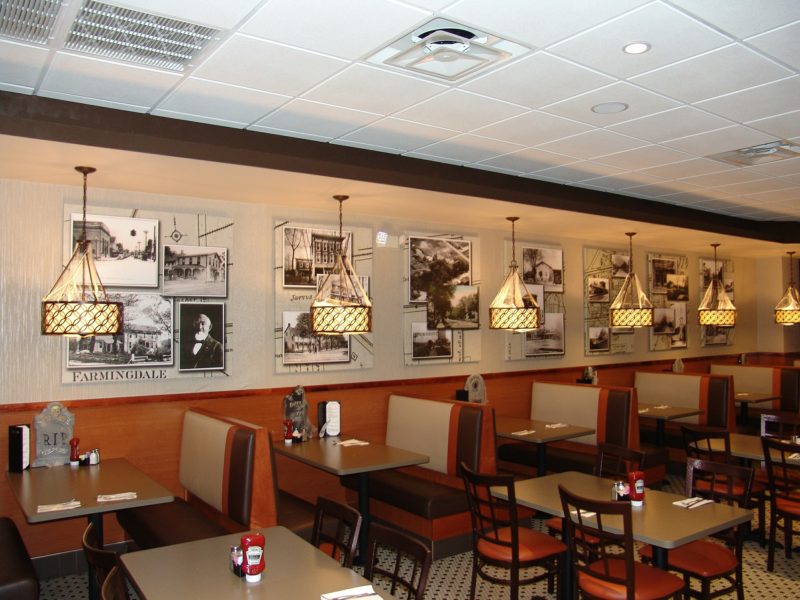The restaurant industry has changed dramatically over the past two years with technology playing a significant role in the business. The pandemic accelerated the adoption of tech even by traditionally run restaurants. Restaurateurs today are more interested in building a sustainable business that will last beyond the blips and continue to thrive in challenging situations. Hence, technology-first business models such as cloud kitchens are only expected to become more prevalent in the coming years.
While restaurants across the world are increasingly embracing tech to streamline operations, the industry still has room for growth. In order to meet the constantly changing consumer preferences, restaurant technology providers will continue coming up with innovative technologies to stay ahead of the curve and help provide guests with a memorable dining experience.
Here are the four technologies that are expected to pick up as the tech revolution in restaurants continues to grow:
Robotics
From making cocktails to flipping burgers, the F&B industry is becoming conscious of the benefits of using robots to improve their efficiency. As technologies such as AI and IoT pick up, robots in restaurants are becoming more and more common. Restaurants and hotels can benefit from these robots in many ways, including simplification of operations, consistency in food, reduced costs and food wastage, and an enhanced customer experience. They would be able to work at a faster pace without getting tired and thus help reduce the waiting time for customers. Additionally, these robots would also be intelligent and contactless, a significant benefit in the wake of COVID19.
Virtual Reality (VR)
According to estimates, the market revenue of the AR/VR industry will reach about $209 billion by the year 2022. AR/VR is revolutionizing several industries, and restaurants will be no exception. The biggest use case of VR can be in the training of employees, which can save a significant amount of time and resources.
Another way that restaurants could benefit from VR is by improving their guest experience by offering them a VR-based experience that takes them to a different world as they wait for the food to arrive. Restaurants could also show customers how different dishes are prepared with the ingredients of each dish. This is a good way to build trust in customer’s minds about the quality of ingredients used in the restaurants and the safety measures followed by the staff.
Artificial Intelligence (AI)
Restaurants like any other business are turning to AI to enhance their overall efficiency. For instance, AI-powered sensors are being used by restaurants to decrease instances of human error in order preparation and to improve packing accuracy. Also, AI-run programs could be integrated with a restaurant’s POS software, online menu, and the back of the house.
When items are ordered from the menu by customers, inventory data would automatically get adjusted. If the stock of certain ingredients is low, the AI can reduce the visibility of menu items containing those ingredients and vice versa. In all such cases, AI can store such information about what gets ordered when and offer data-led recommendations to restaurant operators. Moreover, the data extracted would also help operators to understand the ROI of each dish.
Internet of Things (IoT)
IoT refers to the billions of physical devices around the world that are now connected to each other through the internet and exchange data with each other and systems. In restaurants, this technology would be especially useful since many a time, appliances are sometimes accidentally left open for far too long. With IoT, operators would be able to monitor the kitchen environment as a whole and have a deeper understanding of equipment and energy usage patterns.
IoT works in conjunction with AI and cloud-based technologies. Without IoT, implementing AI in the back-of-house processes would be impossible. Therefore, it forms the backbone for the implementation of other important technologies in large restaurant chains and is expected to play an even more important role in the future.
Over the years, technology has become a key factor for the success of restaurants. Restaurant operators today understand that just simply having good food is not going to cut it as guests’ preferences and needs are evolving along with the business landscape. Even though these technologies might come at an initial investment, they would prove to be helpful for restaurants to stay ahead of the competition and by working in tandem, these technologies will increase the overall efficiency of running a restaurant business.
This article was originally published in the ET HOSPITALITY WORLD on August 4, 2021.
Views expressed by Ashish Tulsian, CEO & Co-Founder, Posist Technologies.
Find the new article here.

















